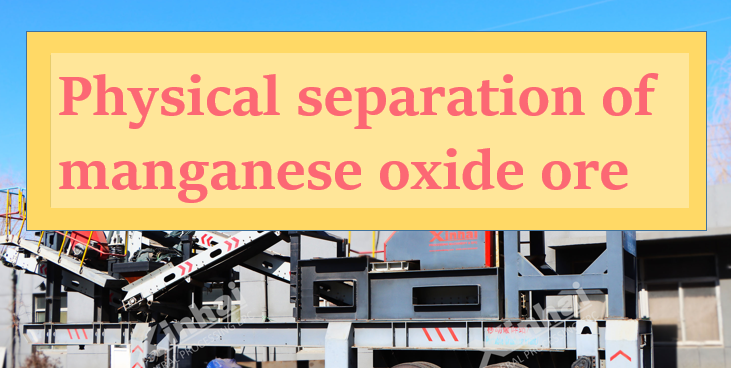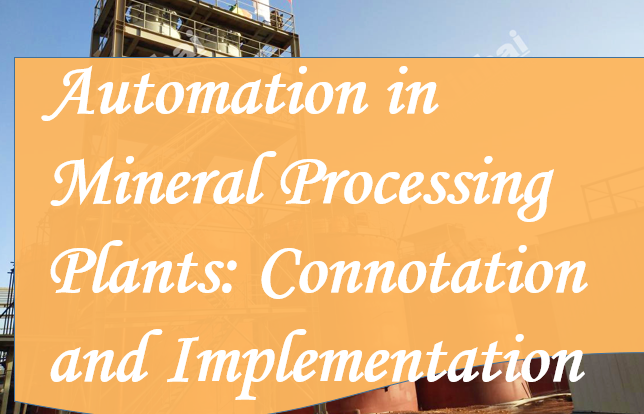
Copper ore dressing technology has achieved a leap from extensive to precise, forming a technical system of crushing and grinding innovation, intelligent flotation control, and multi-metal collaborative recovery. High-pressure roller grinding and stage grinding increase the degree of ore dissociation to 85%, AI controls flotation foam, and develops exclusive processes for different types of ores, with concentrate grades exceeding 30% and recovery rates exceeding 90%.

In the field of gold mineral processing, the CIL (Carbon - in - Leach) cyanidation gold extraction process stands out for its high efficiency and economic advantages, becoming one of the mainstream technologies for processing refractory gold ores.

Gold, due to its scarcity and unique physical and chemical properties, has been a symbol of wealth and value since ancient times. From the gold ore hidden deep underground to the shining gold products, the birth of every piece of gold is inseparable from the complex and meticulous mineral processing flow. This series of processes is not only the crystallization of technology and wisdom but also a vivid manifestation of human exploration of nature and utilization of resources.

As an important strategic metal, the advancement of molybdenum beneficiation technology directly affects resource utilization. Molybdenum ore beneficiation mainly recycles molybdenite. According to the differences in ore properties, a complete technical system from raw ore processing to concentrate output has been formed.

Copper, as a globally significant industrial metal, plays a pivotal role in economic development and industrial construction through its extraction and utilisation. With the sustained growth of the global economy, the demand for copper continues to rise, presenting new challenges to the efficiency and sustainability of copper ore resource extraction.

Quartz sand, particularly high-purity quartz with SiO₂ content ≥99.99%, is a strategic material for semiconductors, photovoltaics, and aerospace. Its purification integrates physical, chemical, and thermodynamic technologies.

This article briefly describes the physical separation technologies for ferromanganese oxide ores. It explains that due to the close (symbiosis) and fine dissemination of iron and manganese minerals in such ores, traditional physical methods like gravity separation, magnetic separation, flotation, and combined processes are employed.

Automation in mineral processing plants refers to the technical system that realizes digital monitoring and intelligent control of the entire process, including ore crushing, grinding, flotation, and concentration, through computer technology, industrial control systems, and intelligent equipment.

Depleting high-grade resources and increasing low-grade ore ratios (e.g., scheelite <0.4% WO₃) necessitate preconcentration. With up to 90% waste rock dilution during mining, discarding >30% gangue upfront reduces grinding costs, energy consumption, and environmental impact.

Our combined beneficiation process for magnetite ore consists of several key steps. First, the raw ore undergoes crushing and grinding pretreatment to achieve sufficient mineral liberation. Then, it enters the deep reduction stage, where the ore powder is mixed with a reductant and flux and reacted at high temperature to convert iron oxides into metallic iron. Subsequently, the product is quenched, crushed, and separated through stage grinding and magnetic separation. The obtained concentrate is then classified by particle size, producing different grades of products to meet the needs of casting, powder metallurgy, steelmaking, etc. Finally, the tailings are properly treated.